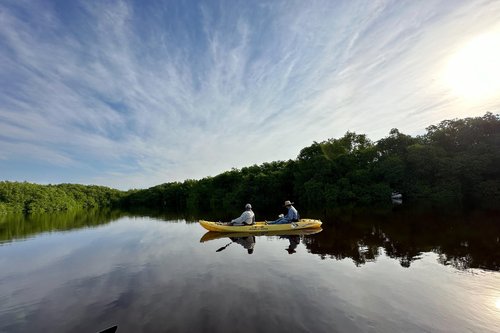
4 min read
From Place to Purpose: The Role of Placemaking in Regenerative Development
WLLW explores the importance of placemaking, placekeeping and indigenous wisdom in development focused on social and ecological wellbeing.
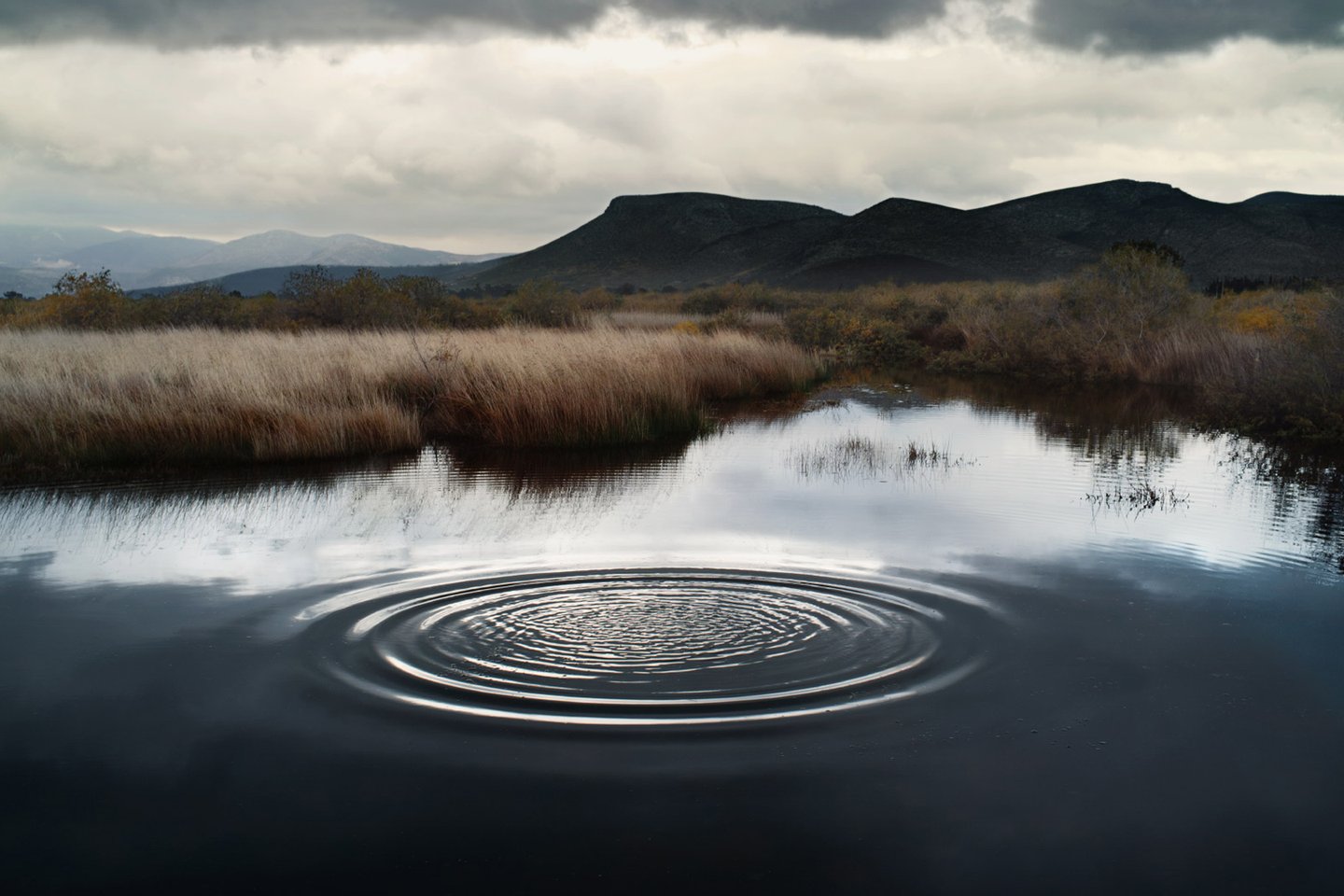
4 min read
Meet the individuals redefining sustainability and advancing human and ecological health through innovation and advocacy.
In a world facing unprecedented environmental and societal challenges, certain people rise above to inspire change. We’ve chosen to highlight just some of the changemakers who are shaping a future where human and environmental health take center stage. Through their innovative approaches in architecture, science, design, and activism, they are creating pathways toward sustainability and resilience. From developing revolutionary technologies to advocating for indigenous rights, these trailblazers are not just addressing problems, they are reimagining solutions. Their work is a testament to the power of creativity, collaboration, and determination to transform the world for the better.
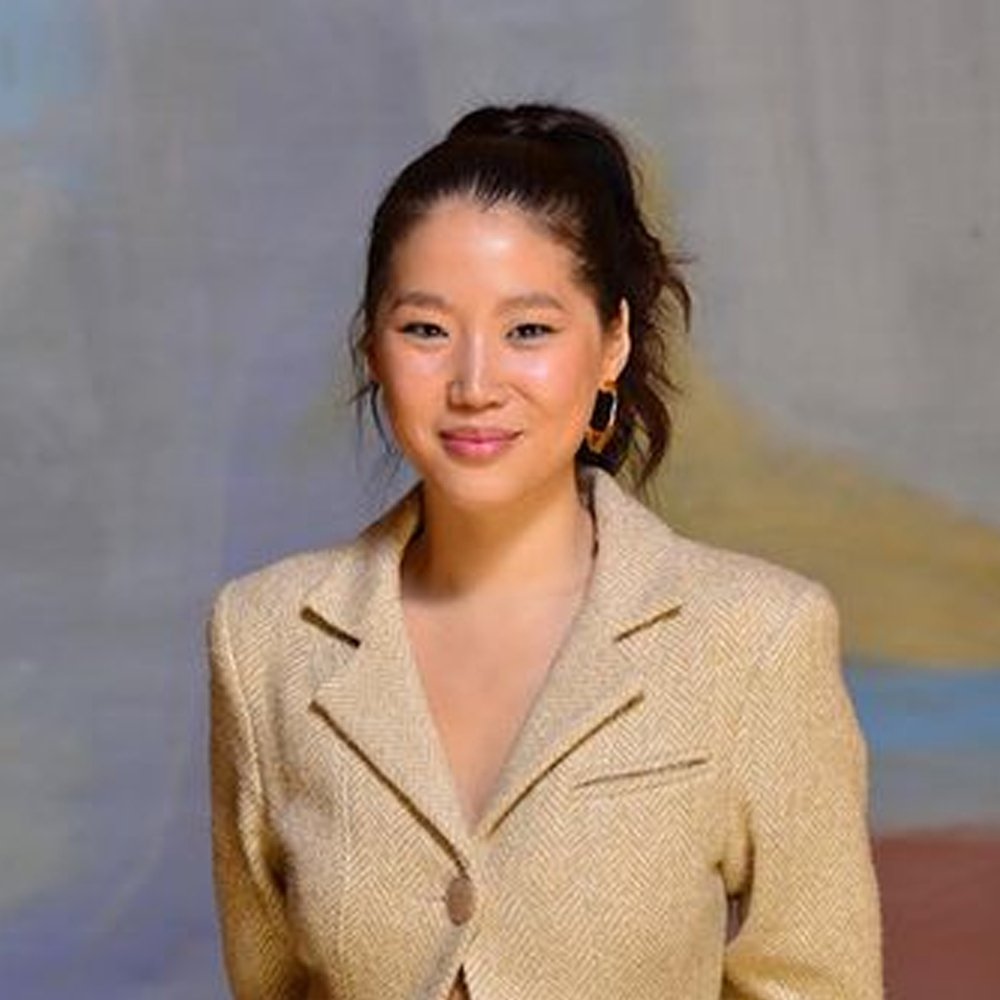
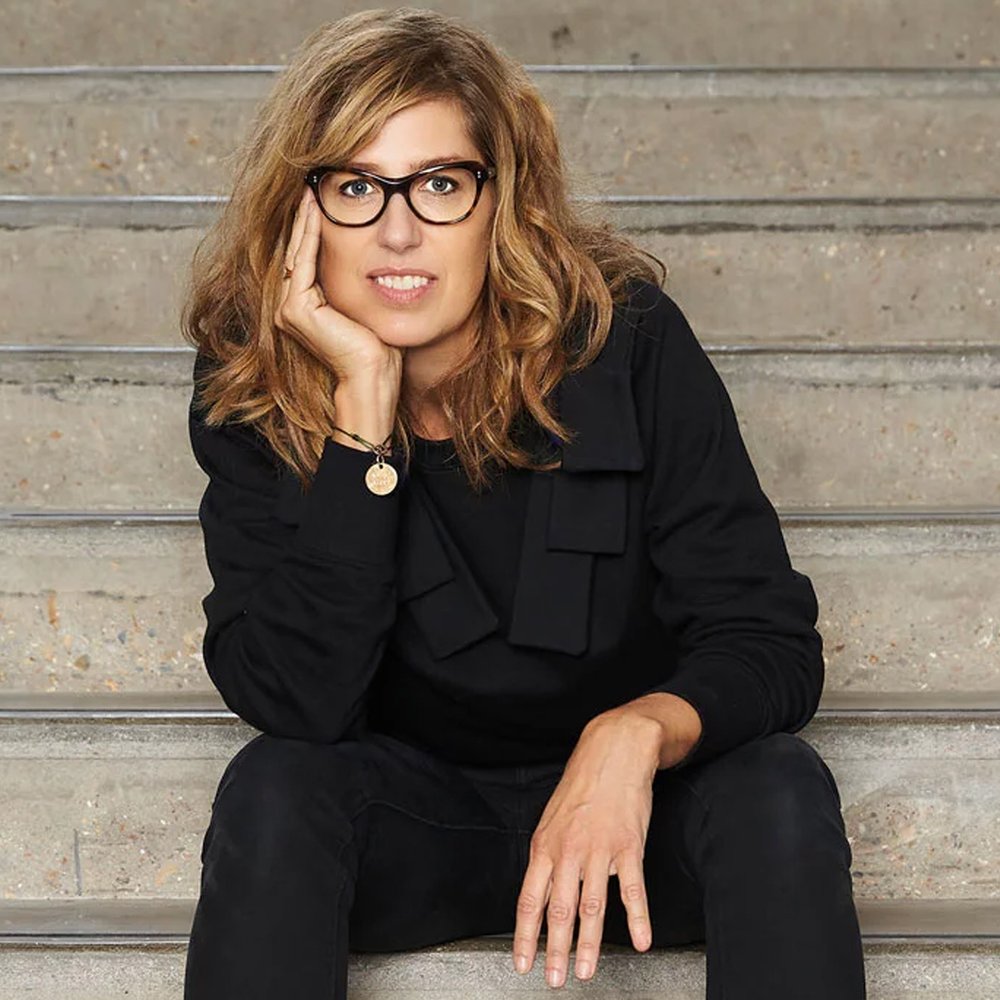
A journalist and cultural storyteller based in New York City, Li uses her platform to connect younger, diverse audiences with environmental issues. She is the co-founder of STEWARD, a web3 collective leveraging media for purpose, serving as the co-chair of the World Economic Forum’s Web3 Sustainability Coalition. A first-generation Chinese-American from Minnesota, she excels at translating complex sustainability concepts into accessible, relatable narratives. Through her creative storytelling, Li advocates for climate action while promoting inclusivity within the sustainability movement. Her work fosters a deeper understanding of the environmental crisis, emphasizing actionable change and the importance of collective responsibility. By engaging audiences across digital platforms, Li makes climate activism an inclusive, intergenerational effort.
Nina Marenzi, founder of The Sustainable Angle and the Future Fabrics Expo, has redefined how industries approach textiles and materials. Based in London, she promotes ecologically conscious innovation through education. The Future Fabrics Expo has become the premier global event for sourcing sustainably produced textiles, influencing both fashion and other creative industries. Marenzi’s work bridges the gap between environmental responsibility and material design, proving that a commitment to sustainability can revolutionize traditional supply chains. Her initiatives inspire businesses to prioritize environmental health while championing transparency and traceability in material sourcing.
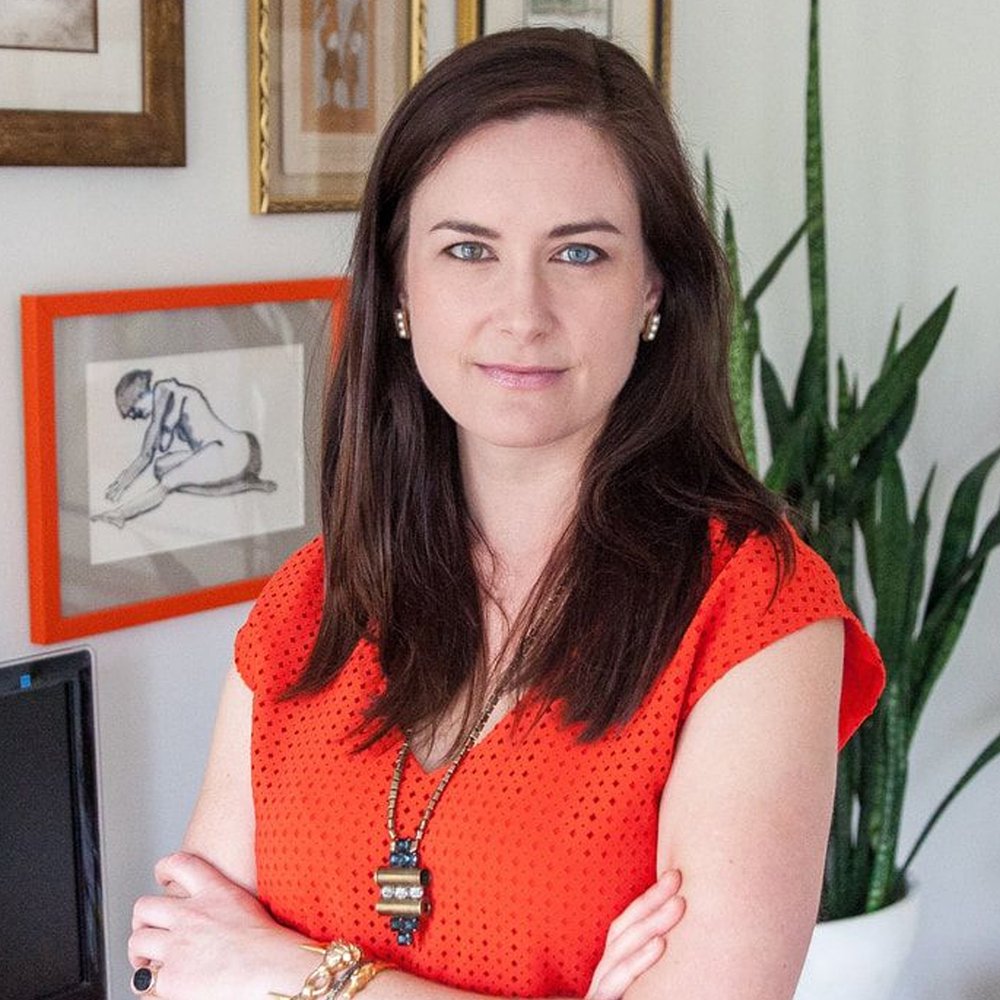
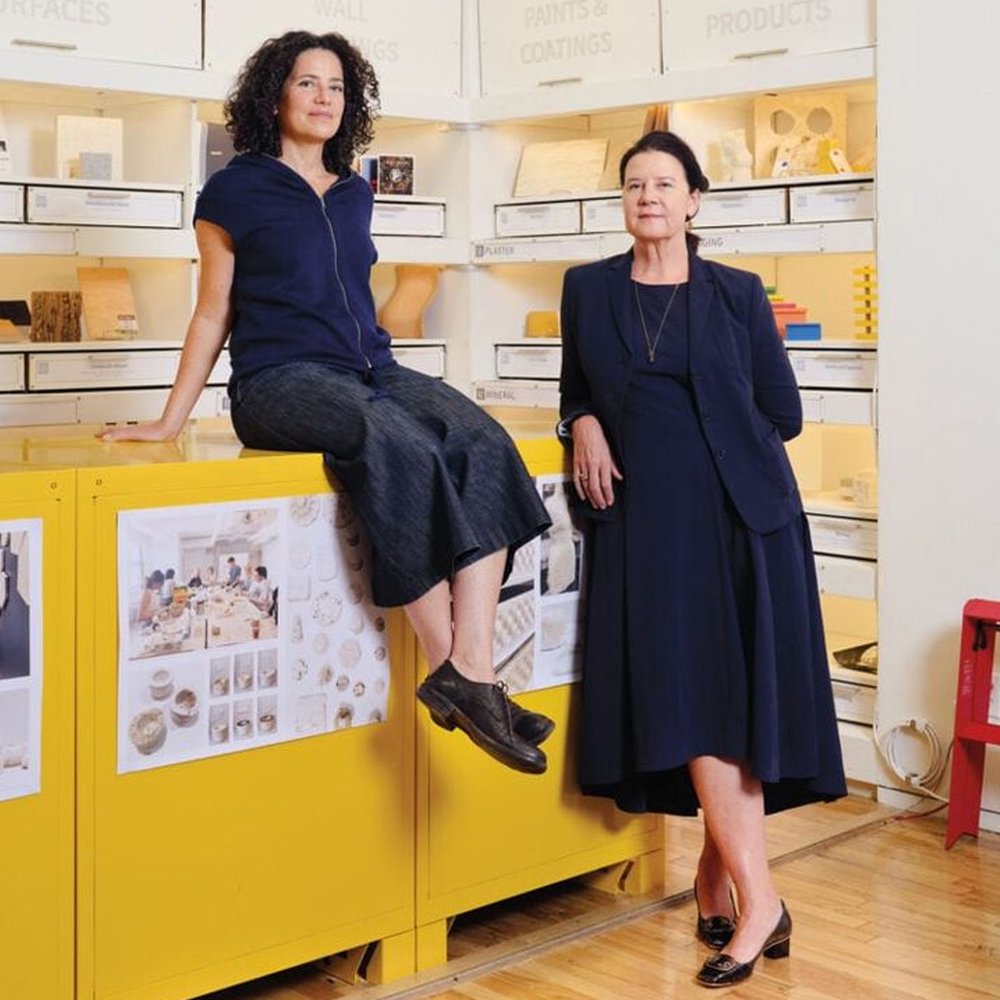
Dr. Katharine Wilkinson, an Atlanta native, co-founded the All We Can Save Project to amplify women-led climate leadership. A renowned climate strategist, author, and advocate for gender equity, Wilkinson explores the intersection of social justice and environmental solutions. Through her writings and initiatives, she highlights the critical role of women in combatting climate change. Her groundbreaking anthology, ‘All We Can Save’, curates voices from women shaping the climate movement. Dr. Wilkinson’s vision is rooted in systemic change, proving that equitable leadership is key to addressing the planet’s most pressing challenges.
Alison Mears and Jonsara Ruth co-founded the Healthy Materials Lab at Parsons School of Design to transform how we think about building materials. Their work highlights the hidden health and ecological impacts of everyday materials, inspiring architects, designers and manufacturers to adopt safer alternatives. By promoting transparency and advocating for non-toxic, sustainable products, particularly in affordable housing, the lab empowers industries to prioritize human and environmental health. Mears and Ruth are committed to educating future designers, making healthier material choices a cornerstone of the built environment.
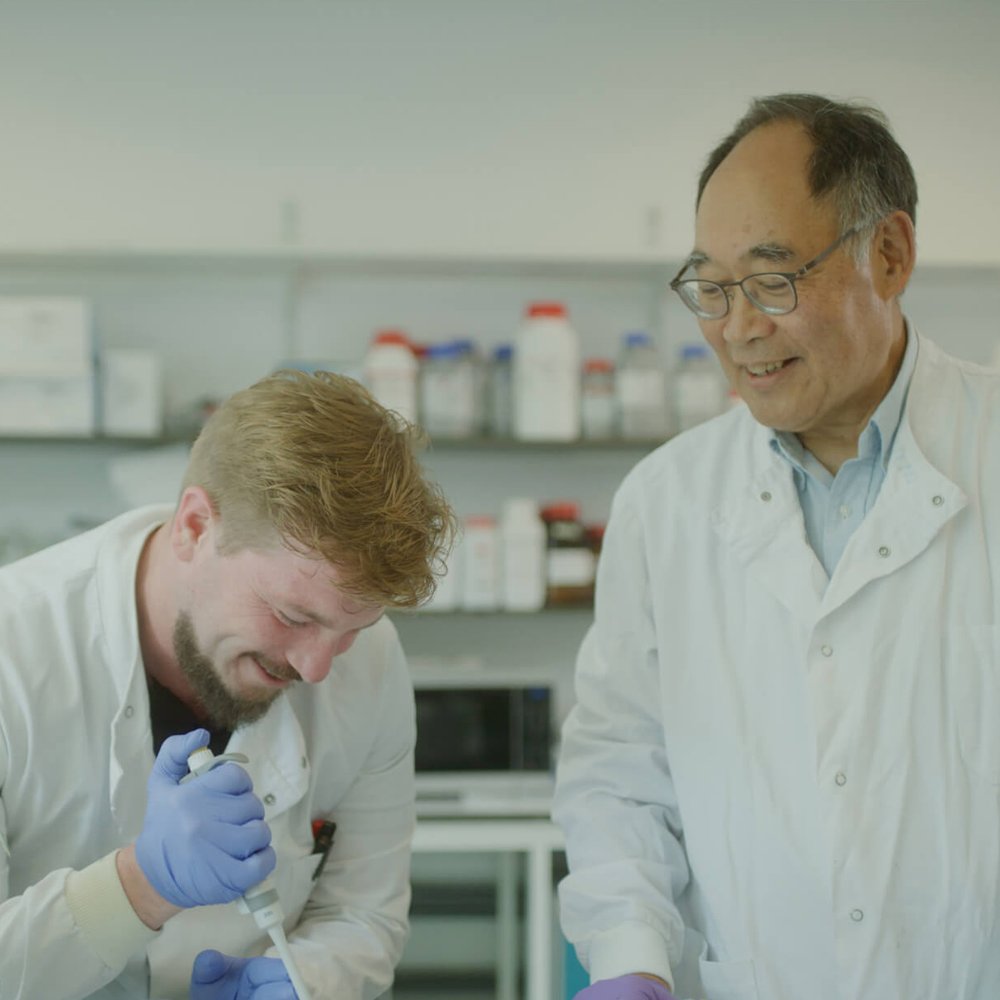
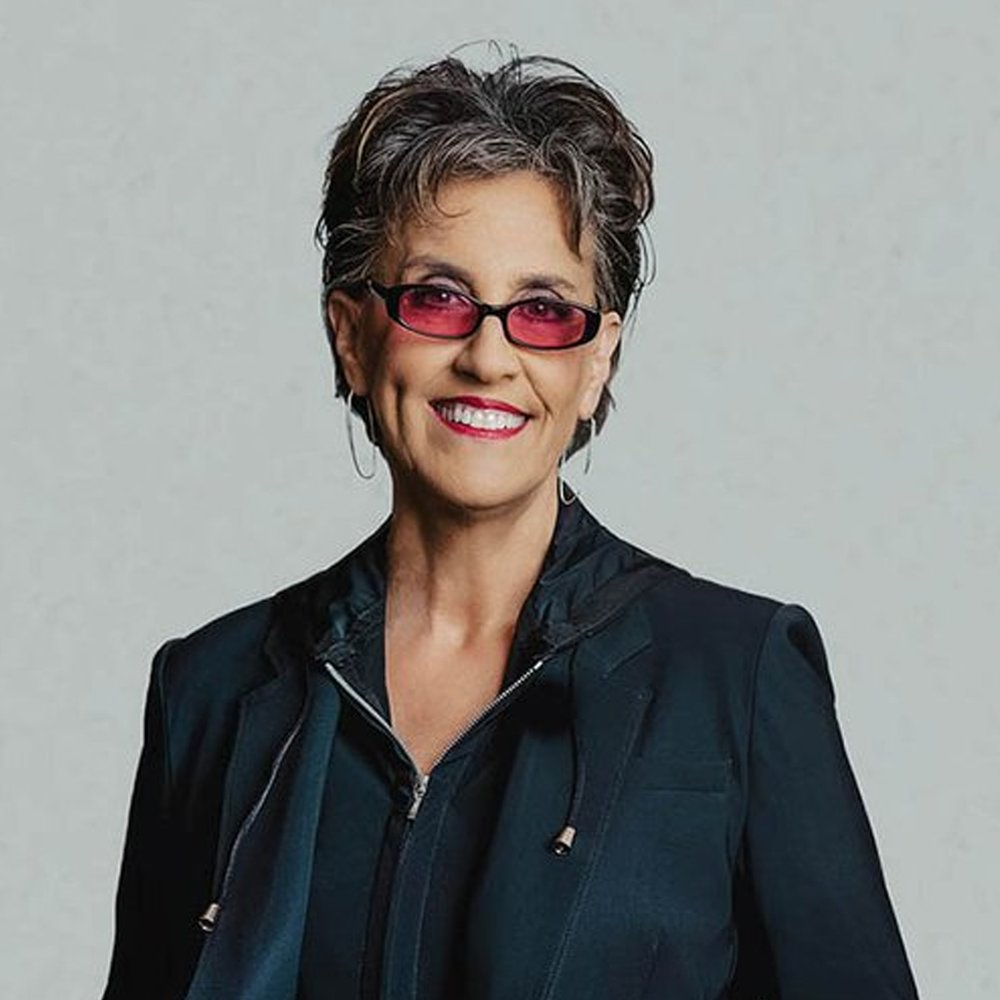
In 2013, Jim Ajioka and Orr Yarkoni were working on color-changing biological sensors to monitor heavy metal contamination in drinking water. However, their time in Nepal and Bangladesh exposed them to the devastating impact of the textile dyeing industry on both the environment and human lives. This revelation inspired a bold pivot: tackling one of the largest and most complex challenges in one of the world’s most resource-intensive industries. Using DNA sequencing and biomimicry, Ajioka and Yarkoni developed a revolutionary dyeing process that mimics nature, drastically reducing water consumption and toxic chemical use. Their work at Colorifix offers scalable, sustainable solutions with potential applications beyond textiles.
Martha Schwartz is a globally renowned landscape architect whose work merges artistic vision with environmental sustainability. Initially celebrated for her bold, colorful designs, Schwartz shifted her focus to climate resilience, advocating for urban environments that address global warming. As the founder of Martha Schwartz Partners, she leads projects that regenerate urban centers and natural sites, creating spaces that are both functional and ecologically conscious. Her work includes transformative projects like linear urban forests and an urban park beneath a multi-billion-dollar highway in Orlando. By combining her expertise in graphic design and environmental science, Schwartz continues to pioneer ideas for vibrant cities prepared for a changing climate.
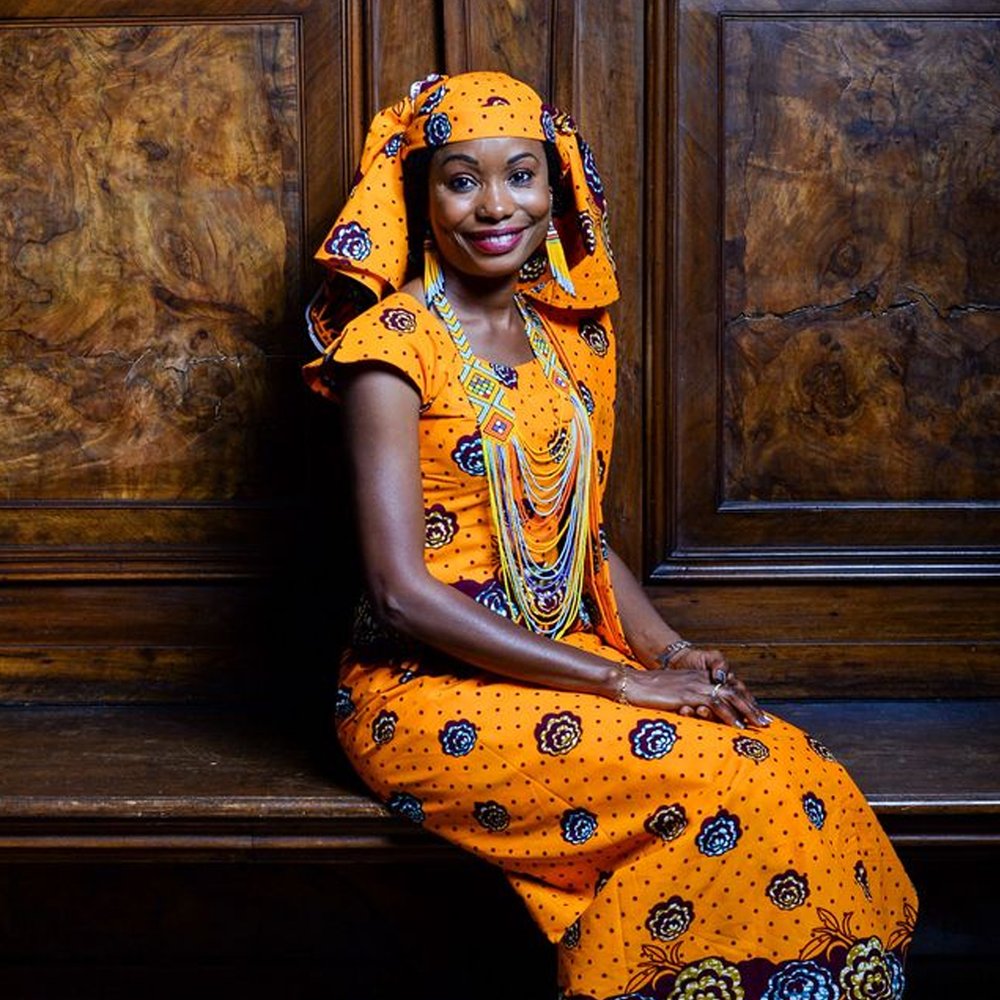
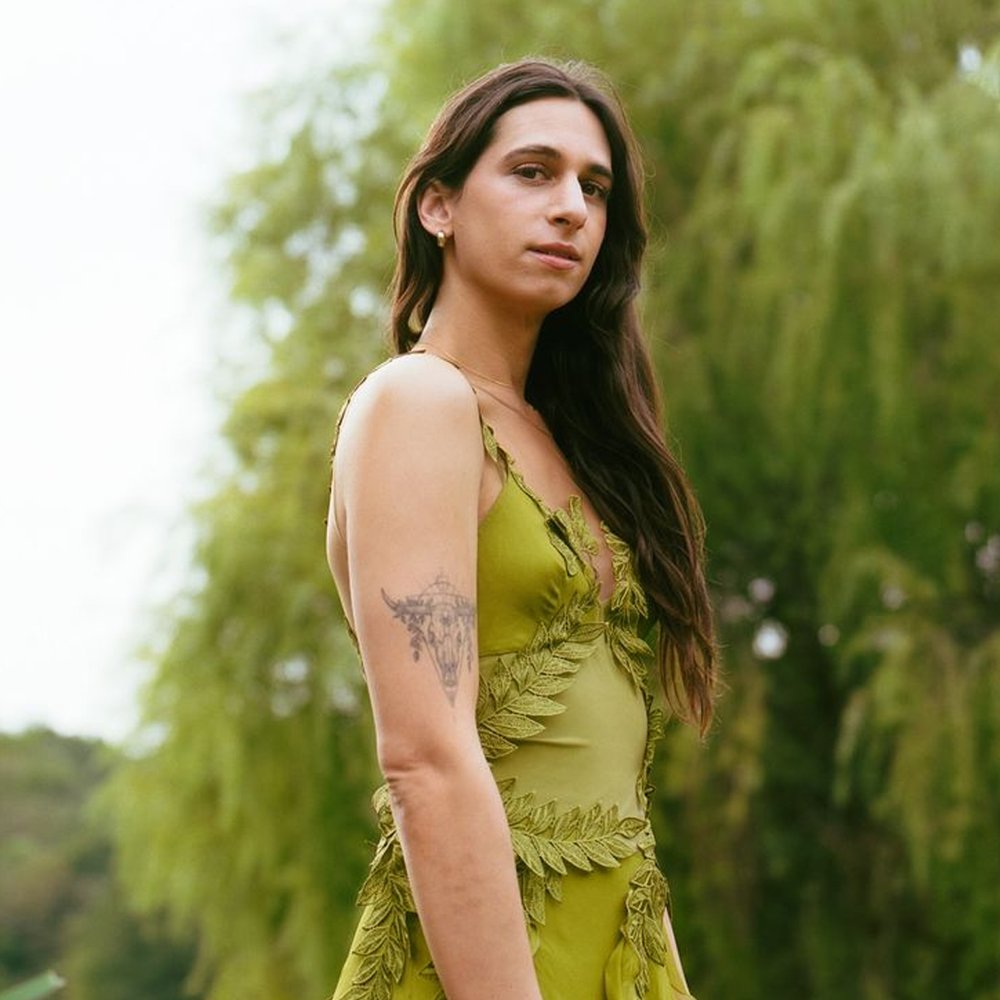
Hindou Oumarou Ibrahim, a Chadian environmental activist from the Mbororo pastoralist community, is a leading advocate for indigenous rights and climate action. She played a pivotal role in the 2015 Paris Climate Agreement, ensuring the inclusion of indigenous perspectives in global climate policies. Ibrahim emphasizes the value of traditional knowledge in addressing environmental challenges, from biodiversity conservation to climate adaptation. As co-chair of the International Indigenous Peoples Forum on Climate Change, she works to integrate Indigenous expertise into global decision-making, advocating for regenerative strategies that uphold both human rights and ecological balance.
Willow Defebaugh is the co-founder and editor-in-chief of Atmos, a biannual magazine and digital platform exploring the intersection of climate and culture. With a background in journalism and creative direction, Defebaugh uses their platform to highlight stories that challenge conventional narratives around environmentalism, centering voices often left out of the conversation. Based in New York City, they are dedicated to fostering a deeper connection between humanity and the natural world. By merging art, outreach, and environmentalism, Defebaugh’s work inspires meaningful action and redefines how exposition can drive environmental advocacy.
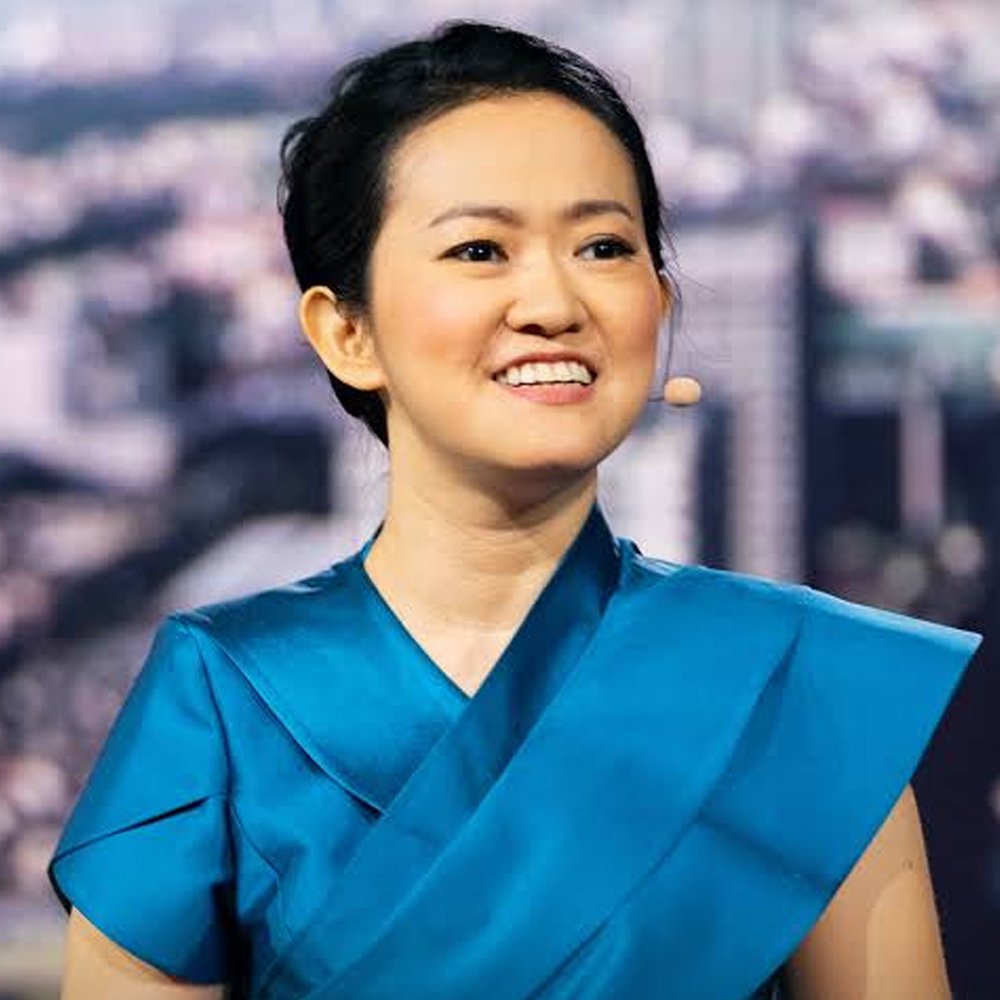
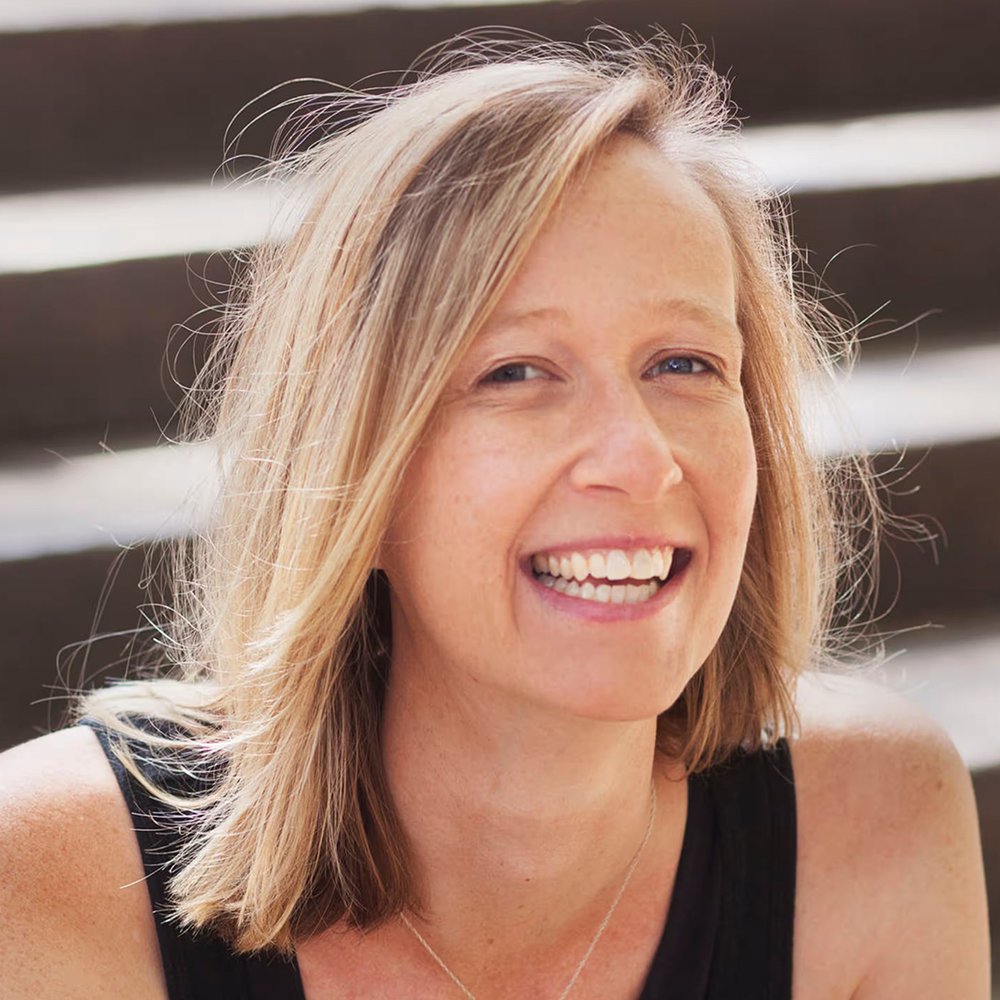
A Bangkok-based landscape architect, Voraakhom is renowned for designing innovative green spaces that combat climate challenges in urban environments. As the founder of Porous City Network and CEO of Landprocess, she focuses on integrating nature into Southeast Asia’s rapidly urbanizing megacities. Her projects, like the award-winning Chulalongkorn University Centenary Park, use cutting-edge design to absorb and reuse excess water, mitigating floods in Bangkok. Her upcoming 36-acre park will store over 2.5 million gallons of water, further showcasing her commitment to resilience. Voraakhom’s visionary work combines urban farming, green roofs, and canal restoration to protect vulnerable communities against the effects of climate change.
Dr. Kate Marvel is a climate scientist whose research bridges the worlds of complex data and accessible storytelling. Based at NASA’s Goddard Institute for Space Studies and Columbia University, she investigates how human activity has influenced global climate systems, including rainfall patterns and droughts. Her work has shed light on how climate change has shaped extreme weather events as far back as 1900. Beyond her academic contributions, Marvel is a gifted communicator, using platforms like TED Talks, podcasts, and articles to engage audiences on the urgency of climate action. By combining rigorous science with relatable narratives, she inspires a new generation to engage with climate issues.
Feature Image: Sitara by Petros Koublis Photography
Photography: Sophia Li, Nina Marenzi, Buck Butler, Nicholas Calcott, Colorifix, Martha Schwartz Partners, Shutterstock, Justin J Wee, Ted, Yale E360

4 min read
WLLW explores the importance of placemaking, placekeeping and indigenous wisdom in development focused on social and ecological wellbeing.
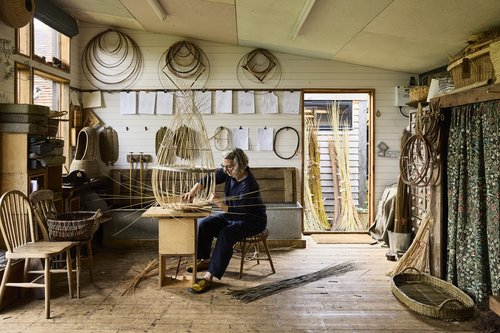
3 min read
At WLLW we seek to inspire a community that values health, sustainability and beauty in design by celebrating the lasting impact of thoughtful craftsmanship.